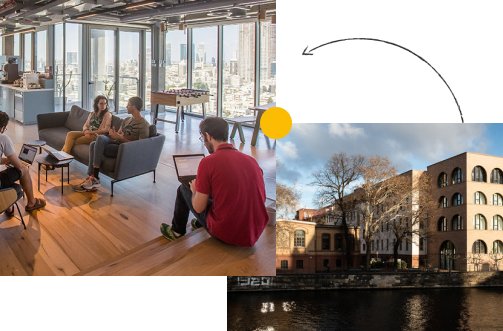Multi-Mention Learning for Reading Comprehension with Neural Cascades
Abstract
Reading comprehension is a challenging task, especially when executed across
longer or across multiple evidence documents, where the answer is likely to reoccur.
Existing neural architectures typically do not scale to the entire evidence,
and hence, resort to selecting a single passage in the document (either via truncation
or other means), and carefully searching for the answer within that passage.
However, in some cases, this strategy can be suboptimal, since by focusing on a
specific passage, it becomes difficult to leverage multiple mentions of the same
answer throughout the document. In this work, we take a different approach by
constructing lightweight models that are combined in a cascade to find the answer.
Each submodel consists only of feed-forward networks equipped with an attention
mechanism, making it trivially parallelizable. We show that our approach can
scale to approximately an order of magnitude larger evidence documents and can
aggregate information from multiple mentions of each answer candidate across
the document. Empirically, our approach achieves state-of-the-art performance
on both the Wikipedia and web domains of the TriviaQA dataset, outperforming
more complex, recurrent architectures.
